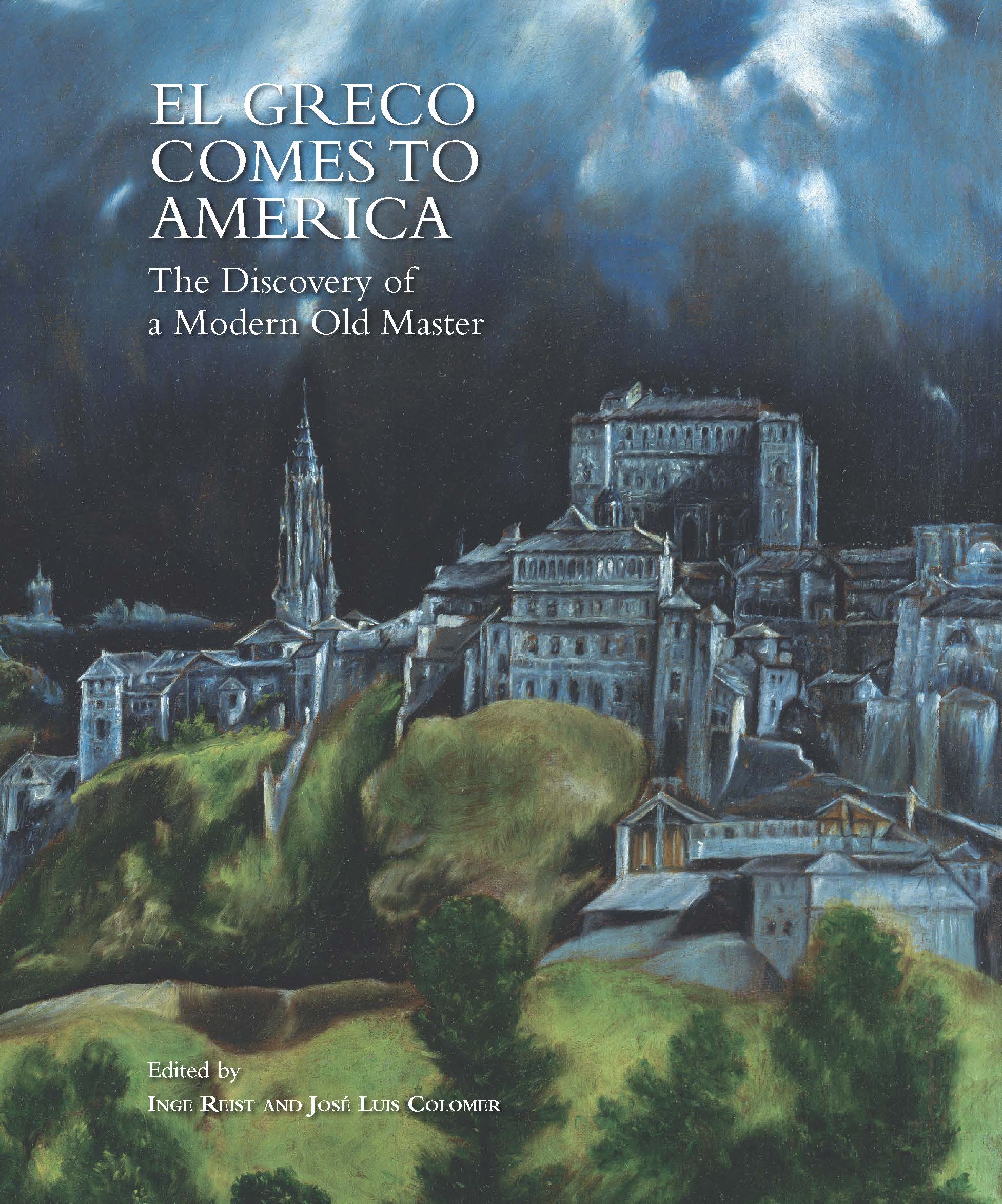Author
Inge Reist and José Luis Colomer (eds.)
Characteristics
264 pages; 156 color illustrations; hardcover with jacket; 24.5 x 29.5 cm
Publication
English; published by The Frick Collection in association with the CEEH and the CSA; 2017
ISBN
978-84-15245-73-5
Price
€48,08
Buy on our site and save 5% on this book until April 30
(coupon code: DÍA DEL LIBRO)
This book celebrates the superlative examples of El Greco’s work in American collections. The artist’s idiosyncratic style emanated a kind of modernism that resonated with collectors in the New World, resulting in American museums owning many of El Greco’s finest works outside Spain. Eleven scholars address topics that focus on individual collectors including Arabella Huntington, Louisine Havemeyer, Henry Clay Frick, Peter Widener, and Duncan Phillips, while also addressing the impact of exhibitions and the role of artist-advisers such as Mary Cassatt, John Singer Sargent, and Roger Fry.
Basing their observations on a wealth of archival material, much of it never previously published, the authors of this volume bring to light how strenuously American collectors competed for works by El Greco and how prominently they displayed the artist’s paintings in their homes, often thoughtfully positioned near works by more modern masters such as Degas or Manet. In doing so, and in promoting the acquisition of El Greco’s paintings by the public institutions these collectors supported, they burnished the international reputation of the artist for a modern audience, ensuring an appreciation of his unique style into the twenty-first century.
Inge Reist holds a PhD from the University of Columbia, where she taught for several years, and is director of the Center for the History of Collecting of the Frick Art Reference Library. She has also directed the photographic archives of the Frick Collection and has been president of the Association of Research Institutes in Art History. She is an expert in the history of collecting, on which she has published papers and given lectures at many museums and conferences. She has coedited Provenance: An Alternative Art History (2012) with Gail Feigenbaum, though she remains interested in other fields, as evidenced by “All the World’s a Stage: The Theater Conceit in Early Modern Italy” for the Blackwell Companion to Renaissance and Baroque Art (2012).
José Luis Colomer holds a PhD in Comparative Literature from the University of Bologna and a degree in Art History from the Sorbonne. He currently directs the Centro de Estudios Europa Hispánica and the Center for Spain in America. His research addresses cultural relations between Spain and Italy in the seventeenth century through diplomatic agents and the exchange of gifts of artworks between the European courts and Spanish kings and queens, as well as Velázquez’s second journey to Rome and his connections with prominent Italians at the court of Madrid. In 2012 he coedited the volume Collecting Spanish Art: Spain’s Golden Age and America’s Gilded Age with Inge Reist.

